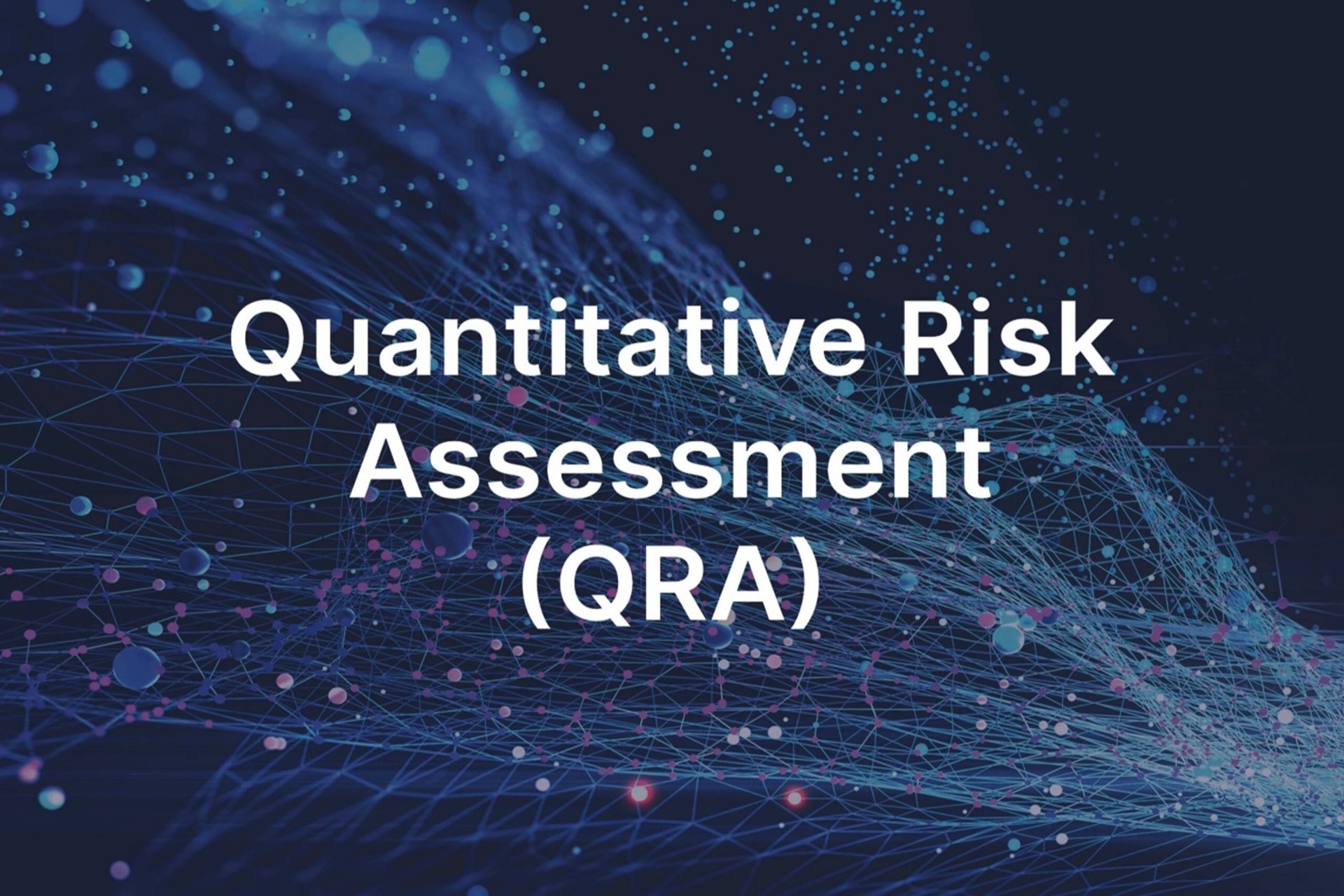
METHODOLOGY FOR FIRE PROTECTION AND SAFETY DESIGN (FPSD)
Fire protection is the study and practice of mitigating the unwanted effects of potentially destructive fires. It involves the study of the behaviour, compartmentalization, suppression and investigation of fire and its related emergencies.

METHODOLOGY FOR QRA STUDY
QRA is a technique used to systematically calculate the risks from hazardous events. It involves predicting the size of consequences associated with a hazard, and the frequency at which a release of the hazard may be expected to occur. These aspects are then combined in order to obtain numerical values for risk – usually risk of fatality. QRA includes consideration of all identified hazardous events in order to quantify the overall risk levels. Similar hazardous events are often grouped and assessed together as bounding or representative events

METHODOLOGY FOR SAFETY AUDIT
Safety Audit is legally abided by various legislations and many of the industries are conducting safety audits to check the level of safety in the organization and routes of the safety management system. But there are common legal requirements which are applicable for all industrial units.
METHODOLOGY FOR FIRE SAFETY RISK ASSESSMENT (FSRA)
The objective of a fire risk assessment is to systematically identify potential fire hazards, evaluate the associated risks, and implement measures to reduce the likelihood of fires occurring and minimize their impact on people, property, and the environment.

METHODOLOGY FOR FIRE AUDIT Study
The primary objective of a fire audit is to assess the effectiveness of fire prevention and protection measures within a facility. It aims to identify potential fire hazards and evaluate the adequacy of fire safety systems, such as alarms, extinguishers, and sprinklers. The audit seeks to ensure compliance with relevant fire safety regulations and standards. Additionally, it aims to recommend improvements or corrective actions to enhance fire safety preparedness. Ultimately, the goal of a fire audit is to minimize the risk of fire-related incidents and protect lives and property.

METHODOLOGY FOR EMERGENCY RESPONSE & DISASTER MANAGEMENT PLANS ERDMP
With rapid industrialization and the birth of large-scale plants using complex technologies, it has become vital for industries to develop their own “Emergency Response & Disaster Management Plans" to enable them to meet any undesired eventuality. Some of the disasters in the recent past have brought out glaring inadequacies in the management systems to respond to a disastrous situation to effectively control and minimize the loss of lives and property. Emergency Response & Disaster management plan means a well-coordinated, comprehensive response plan to contain loss of life, property, environment and provide speedy and effective recovery by making the most effective use of available resources in case of a disaster. Such a plan will ensure establishment of a system, which would make optimum use of our available resources for speedy containment of the disaster protecting the health and safety of people, nearby residences and workers as well as minimizing damage to property and environment.




